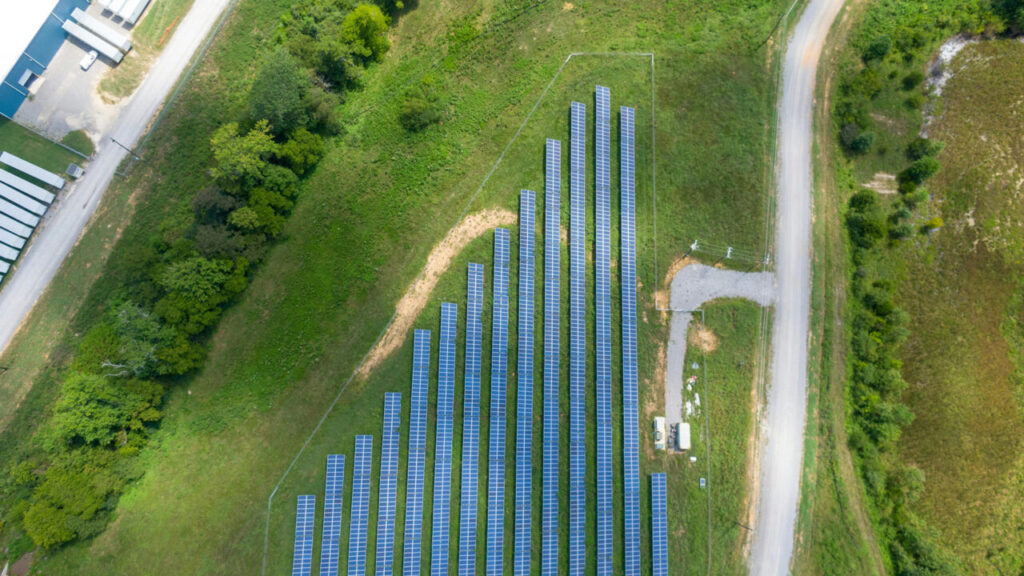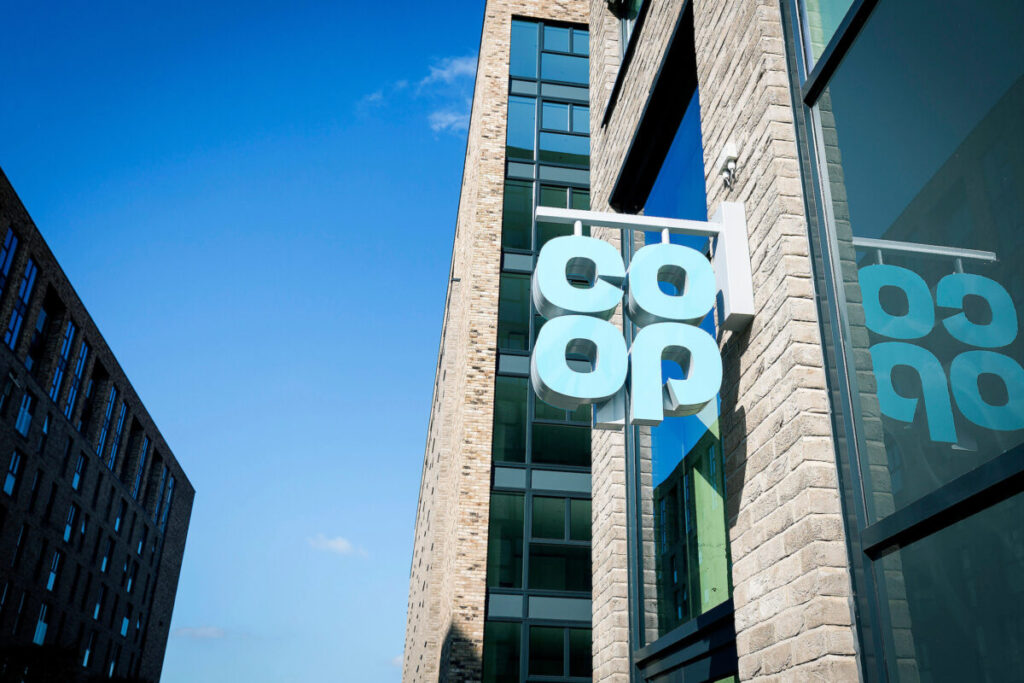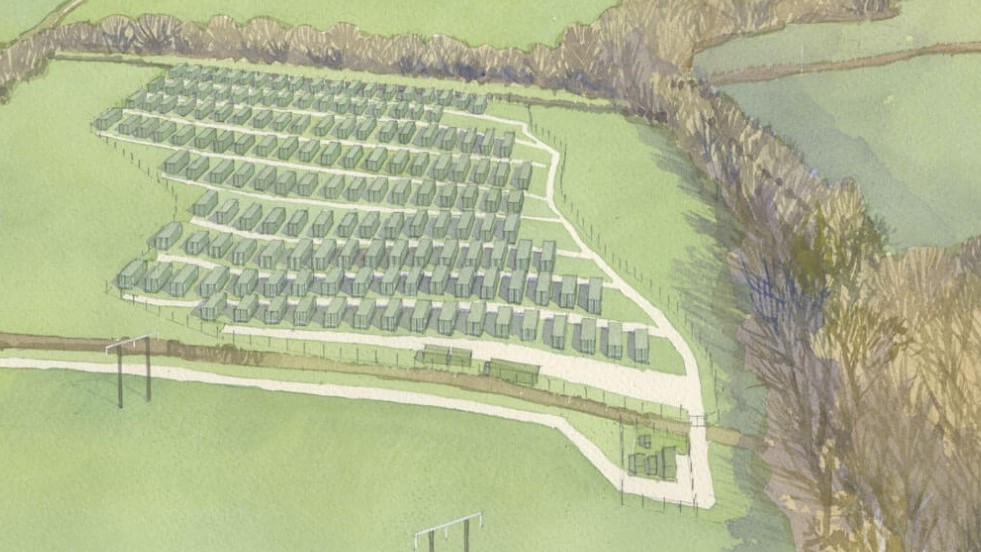German startup unveils ‘self-aligned’ back-contact TOPCon solar cell
German startup unveils ‘self-aligned’ back-contact TOPCon solar cell EnPV GmbH has developed a TOPCon solar cell concept featuring a novel type of back contact technology. The novel cell can reportedly be produced at signifcant lower costs compared to conventional TOPCon cells and its novel manufacturinng process is claimed to be easy to introduce in existing TOPCon production equipment. October 1, 2024 Emiliano Bellini Modules & Upstream Manufacturing Technology and R&D Germany Image: EnPV GmbH Share EnPV GmbH, a subsidiary of German energy provider EnBW Energie Baden-Württemberg AG, has unveiled a solar cell based on n-type tunnel oxide passivated contact (TOPcon) technology and a new kind of back-contact architecture, which is described as self-aligned back-contact (SABC) technology. “Common interdigitated back-contact (IBC) solar cells require an interdigitated pattern that is not homogenous by nature and need to protect parts of the wafer’s back surface during some of the steps in manufacturing,” the EnPV CEO, Massimo Centazzo, told pv magazine. “Our SABC cell manufacturing avoids masking to structure the back surface and, while using laser-structuring instead, manages phase insulation without any additional dedicated process steps.” Centazzo explained that phase insulation consists of “reliably” insulating p- and n-phase from each other through a by-product of other process steps, which explains why it is “self-aligned.” “The use of both techniques, laser processes for structuring and self-aligned phase insulation, leads to a dramatic simplification of the manufacturing process compared to any other back-contact cell process,” the CEO stated. “Although still allowing higher cell efficiency, SABC cells are produced at lower costs than TOPCon and heterojunction (HJT) cells.” The manufacturer claims that the new back contact technology could be easily used in existing TOPCon cell production lines, with the upgrade requiring the addition of one wet-chemical process, a laser structuring process step, deposition of an etch-barrier and the physical vapor deposition-based deposition of doped amorphous silicon for the n-contact. “Our approach requires no dedicated trench to insulate the poly-Si layers of opposite polarity,” Centazzo went on to say. “Instead, the undercut of the trench wall separates the two polarities, where the first p-type poly-Si layer lies atop the trench surface, while the second n-type poly-Si is located at the bottom of the trench.” Schematic of the solar cell Image: EnPV GmbH Underneath the undercut, which is carried out via wet chemical etching of the trench, no poly-Si is deposited during the physical vapor deposition (PVD) process. The n-type poly-Si also covers the p-type poly-Si emitter forming a low resistive tunneling contact, as both poly-Si layers are highly doped with dopant concentrations exceeding 1,020 cm3. The n-type poly-Si layer covers the full surface and enables the use of the same metallization scheme for both polarities, according to the manufacturer. Centazzo also explained that the SABC target process starts with texturing and boron diffusion on both front and rear. “A single-side borosilicate glass (BSG) etch followed by alkaline etching of the boron emitter on the rear prepares this surface for the poly-Si deposition,” he emphasized. “Instead of the boron diffusion forming the front floating emitter (FFE), a phosphorus diffusion forming a front surface field (FSF) or an un-diffused surface could be used for the SABC process flow as well.” Alkaline wet chemical etching strips the poly-Si on the front side up to the BSG layer and on the rear etches the p-type poly-Si in the exposed areas. The etching on the rear not only removes the poly-Si layer, but also etches the silicon base vertically and laterally, creating an undercut of the surface. After the etch barrier and BSG removal and growing a second interfacial oxide, the subsequently deposited n-type poly-Si by PVD will not cover the full surface on the rear. “With the highly directional deposition technique, the doped silicon mainly deposits on vertically exposed surfaces, which are not shadowed by the undercut,” Centazzo stressed. “Hence, at the bottom of the trench n-type poly-Si forms a passivating contact but there will also be an n-type poly-Si on top of the p-type poly-Si forming a tunnel junction to the emitter. The shadowed part of the trench wall insulates both passivating contacts, without the need for additional processing steps like structuring, local etching or masking.” The manufacturing process is then finalized with high-temperature annealing, crystallizing the poly-Si layers and activating the dopants, standard passivation with aluminum oxide (AlOx) and silicon nitride (SiNx), and metallization by screen printing. “Since the n-type poly-Si covers the surfaces of both passivating contacts, the same screen-printing paste may be applied in a single printing step for both polarities,” Centazzo highlighted. He believes that SABC TOPCon cells could be cheaper than conventional TOPCon cells. “We expect an efficiency gain when migrating from TOPCon to SABC greater than 0.5% absolute on cell level, and an additional 0.7% on module level due to lower cell-to-module losses of back-contact modules over normal modules,” he added. “The conversion cost from cell to system amounts to €0.75 ($0.83)/W, while in a SABC-based system, due to increased module efficiency, it decreases to €0.71/W, with the production cost for cells decreasing from €0,100/W to €0.85/W. In total, a system based upon SABC modules would cost €0.80/W, which is about 6% less expensive than one with TOPCon cells.” The novel cell concept has a technology readiness level (TRL) of 6. The TRL measures the maturity of technology components for a system and is based on a scale from one to nine, with nine representing mature technologies for full commercial application. It could move towards TRL-grade 8 only when implemented on a pilot production line in a mass production environment, according to the company. EnBW is currently committed to financing the development of SABC cells, however the industrialization strategy is still under discussion. “As EnBW’s territory of entrepreneurial activities is traditionally Germany and Europe, where PV manufacturing is declining, the search for suitable partners for the industrialization of SABC had to be expanded beyond Europe,” Centazzo said, noting that EnPV is currently assessing the opportunities for launching SABC in cell factories located in the world’s hotspots of PV manufacturing, namely USA, India, and China. “We envision ramping up a pilot line later in 2025,” he concluded. “No decisions as to with which partner have been taken yet.” This content is protected by copyright and may not be reused. If you want to cooperate with us and would like to reuse some of our content, please contact: editors@pv-magazine.com. Solitek unveils 435 W rooftop photovoltaic modules 30 September 2024 Lithuania-based Solitek announced two new 435 W modules for integrated PV roofs featuring 22.04%-efficient cell technology. The Solitek’s Solid Solrif...This content was collected from the Internet. If you want to it, please contact grace solar management.



